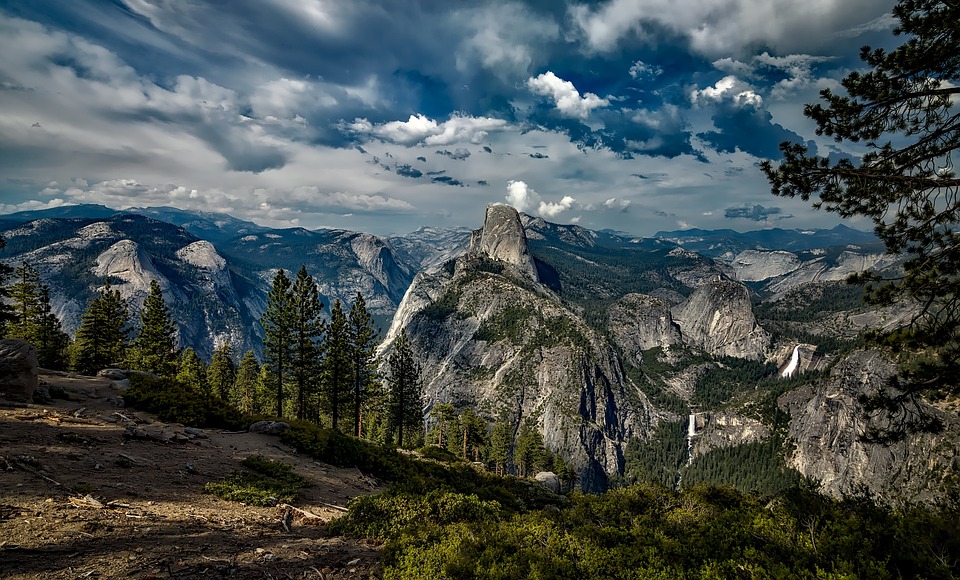California Fire Officials Concerned as Fire Zone Numbers Continue to Rise
California is no stranger to wildfires. With its dry climate and strong winds, the state has been plagued by destructive fires for years. However, recent statistics reveal that the number of fire zones in California has been steadily increasing, causing serious concern among fire officials.
According to the California Department of Forestry and Fire Protection (Cal Fire), the number of designated fire zones in the state has risen by 25% over the past five years. This alarming trend has prompted officials to reevaluate their firefighting strategies and resources to better address the growing threat of wildfires.
The increase in fire zone numbers is attributed to a variety of factors, including climate change, urban sprawl, and human activity. As temperatures rise and drought conditions persist, the risk of wildfires becomes even more pronounced. In addition, the expansion of residential areas into wildland-urban interfaces has made it easier for fires to spread quickly, putting more lives and property at risk.
One of the key challenges facing fire officials is the sheer size and complexity of these fire zones. With hundreds of thousands of acres at risk, firefighting efforts become increasingly difficult and resource-intensive. In many cases, firefighters are forced to deploy air resources, such as helicopters and air tankers, to contain the flames and protect communities in the path of the fire.
In response to the escalating fire zone numbers, Cal Fire has intensified its prevention and preparedness efforts. The agency has increased its public education campaigns to raise awareness about fire safety and encourage residents to create defensible space around their homes. In addition, Cal Fire has bolstered its firefighting capabilities by investing in new equipment and technology, such as fire-detecting drones and infrared cameras.
Despite these efforts, California fire officials remain on high alert as the fire season approaches. With millions of acres of land at risk, the potential for large-scale wildfires looms large, putting communities across the state at risk. In order to effectively combat this growing threat, it is crucial for residents to take proactive measures to reduce the risk of wildfires and for officials to allocate resources strategically to contain fires quickly and efficiently.
In conclusion, the rising number of fire zones in California is a cause for concern among fire officials and residents alike. By understanding the factors contributing to this trend and taking proactive steps to mitigate the risk of wildfires, we can work together to safeguard our communities and protect the natural beauty of the Golden State.





